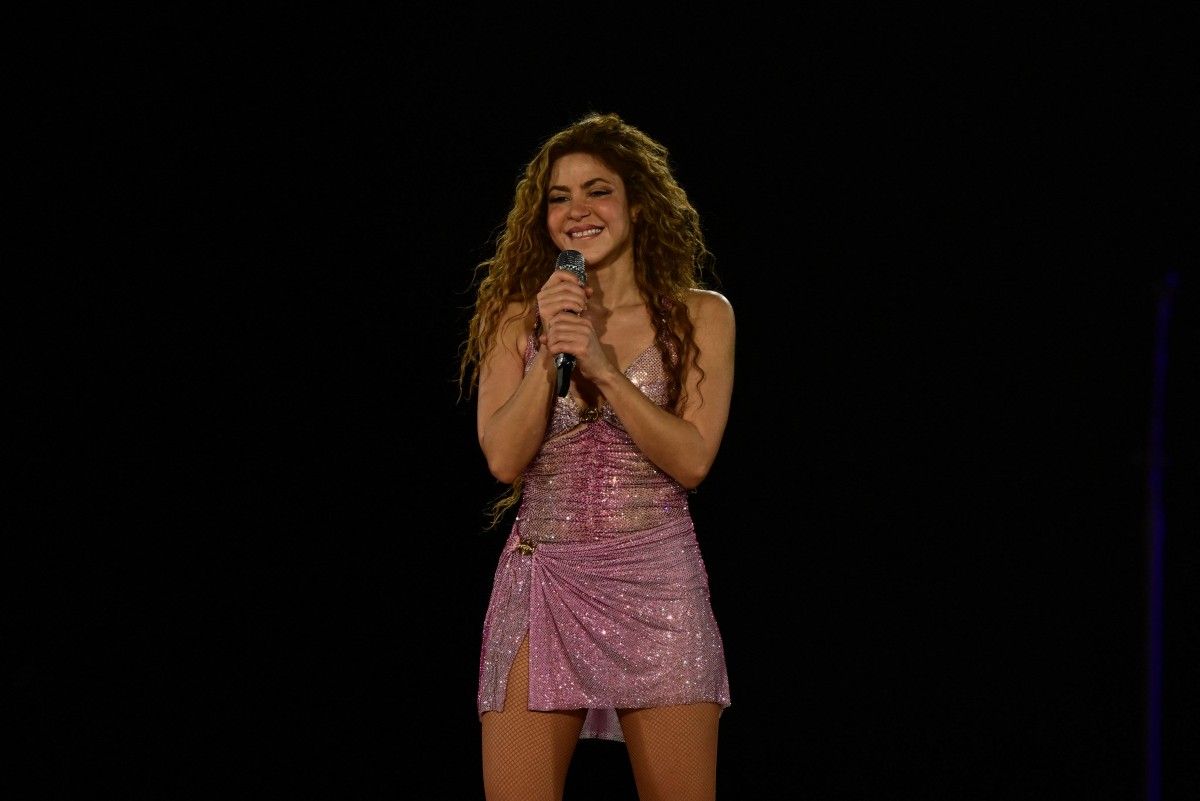
Shakira’s Las Mujeres Ya No Lloran World Tour is more than a comeback—it’s a manifesto. With fashion that rivals haute couture runways, nostalgic ballads reborn with new meaning, and activism woven into her stagecraft, the Colombian superstar is rewriting what global pop can look like in 2025.
When Shakira steps on stage, she curates an experience. Her wardrobe shifts from tribal-inspired jumpsuits to Versace’s gleaming couture, from Balenciaga’s street-savvy tees to Etro’s earthy textures. Each change is a chapter, each fabric a new expression of power. The stadium becomes a runway, but one charged with rhythm, sweat, and a singer who knows her body is both instrument and canvas.
The most talked-about moment came in Tijuana, where Shakira performed Día de enero for the first time in nearly two decades. Written long ago for her ex-partner, the song now lands differently—less as a private confession than a public act of resilience. Fans responded by releasing balloons during Waka Waka, a spontaneous wave of color and emotion. It was nostalgia transformed: proof that the past doesn’t need to haunt when it can be reframed as part of the journey forward.
In Miami, 65,000 voices echoed hers at Hard Rock Stadium, sealing this tour as the year’s most successful by a female artist. With 14 costume changes, surprise duets with Ozuna and Alejandro Sanz, and a setlist that danced between eras, Shakira proved she is surviving the industry and commanding it. For an artist who has lived under the microscope of global fame and personal upheaval, this victory feels like something more than commercial triumph: it’s vindication.
Shakira’s cultural weight extends far beyond the spotlight. This September, she’ll headline New York’s Global Citizen Festival alongside The Weeknd, rallying audiences not just for music but for causes like education access, rainforest protection, and renewable energy. Her activism no longer feels like an afterthought—it is central to the narrative she’s building. In 2025, Shakira isn’t just selling out stadiums; she’s using them as platforms for change.
What makes this tour magnetic is its balance of vulnerability and spectacle. Shakira gives fans the glitter, the choreography, the anthems—but she also offers intimacy, the kind that turns a stadium into something like a shared living room. She embodies both pop star and storyteller, activist and survivor. And in doing so, she reminds us that music at its best is way more than an escape; it’s connection.
Comments